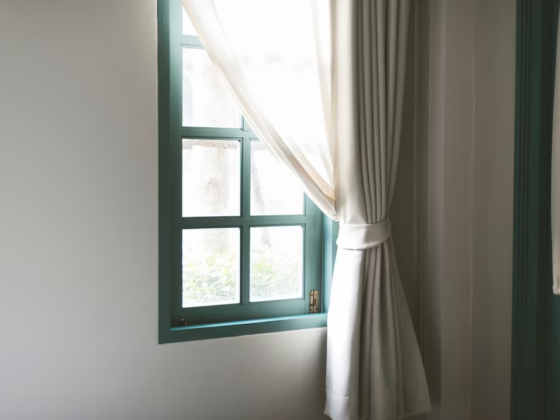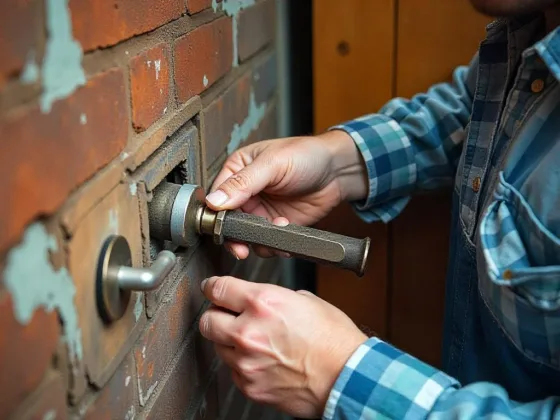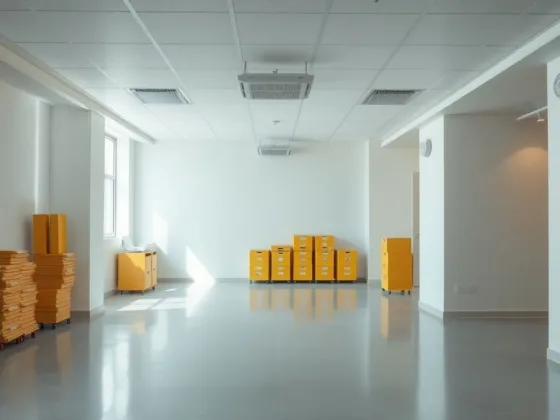Table of Contents Show
Troubleshooting a problem with your heater yourself before consulting with a professional furnace repair service is often possible.
Clunking or banging noises could indicate there is a mechanical issue while squealing or rattling noises typically indicate that a blower belt needs replacing. Other issues may not be so evident.
Clogged Filters
Clogged furnace filters restrict airflow, forcing the blower fan to work harder in order to distribute warm air throughout your home. This results in increased energy costs and an unacceptably higher bill.
As your system won’t be filtering out dust, dander, and pollen as efficiently, allergies will worsen significantly and symptoms like sneezing and coughing may worsen as a result. Furthermore, this could also shorten the life of the system. You can click here to learn more about how to further allergen-prove your home.
An obstructed filter may impede the proper dispersal of condensation within your evaporator coils, leading to malfunctioning or complete system failure. To avoid this scenario, replace filters regularly. Creating a maintenance checklist on your smartphone or tablet can help you remember this task; completing routine cleanings can help save you money in the long run by reducing repair calls.
Leaking Ducts
Your furnace’s performance may be affected by leaky ductwork. You might notice rooms being consistently warmer or cooler than others, higher energy bills, or dust accumulation around vents.
To check for duct leaks, turn your HVAC system on and feel for any movement within each section of ducts using your hand; if the air is flowing freely there could be a leak here.
Leaky ducts allow air-conditioned or heated air to leak out before its intended destination, releasing dust, dirt, and other pollutants that have collected in your ductwork into your home – thus contributing to poor indoor air quality.
An indication of leaky ductwork could include loud whistling or whooshing noises when your HVAC system is on, as well as dust collecting around vents. Experts suggest having a professional inspect and repair your ductwork immediately.
Pilot Light Issues
Your pilot light is an integral component of your furnace, so if it goes out, your system won’t operate. There may be many potential causes, including a dirty flame sensor; to address this issue you can try cleaning or relighting it as appropriate.
If this fails then there could be issues with the gas supply; contact your utility company in such instances immediately. Reputable local professionals like Pure Air Solutions can help you diagnose this issue and determine the cause. They can also contact the utility company on your behalf.
Pure Air Solutions
14245 Forest St, Thornton, CO 80602
1(720)431-2253
https://pureairsolutionsllc.com/
Finally, your issue could be caused by a clogged filter, restricting airflow and leading to heat exchanger overheating that triggers a fan limit control switch to shut off the furnace. Re-light the pilot light using a long-handled match and pair of pliers; be careful to keep your hands away from the flame.
Although some issues can be handled yourself, for more complex ones you should consult an experienced professional. They will conduct a full inspection and address any underlying problems with your furnace. When in doubt, it is best to refer to the experience of a reputable professional. They have years of experience with these devices.
Fan Limit Control Switch Issues
If the switch repeatedly trips due to airflow restrictions, inspect your ductwork for blockages and ensure all air vents and registers are unobstructed and open. Dirty filters and blocked ducts will obstruct airflow into your furnace and may lead to overheating issues.
Providing that you’re familiar with working on furnaces, replacing a fan limit control switch can be done independently.
Before doing so, however, make sure that power has been turned off and wires connected to it have been disconnected; then find it located screwed into the plenum above burner compartment and clean its sensor using fine-grit sandpaper or scouring pad to clear any buildup which might obstruct its function.
An incorrect fan limit control switch can lead to uneven heating throughout your house. It could fail to turn on the blower fan once your desired temperature has been met or may start cycling regularly – temporarily bypassing it with a jumper wire may provide an effective solution until its replacement can be found.











